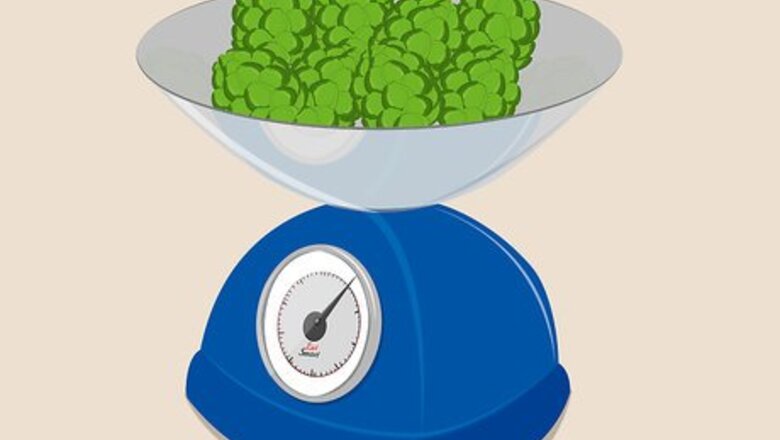
views
Choosing Artichokes
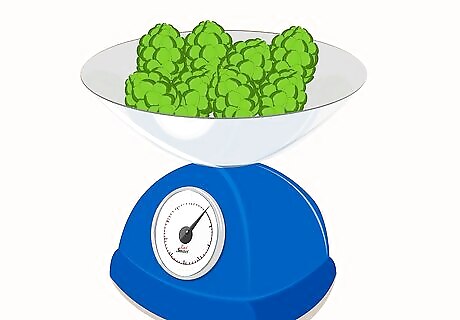
Test the artichoke’s weight. A healthy, fresh artichoke should feel firm and heavy for its size. Lift the artichoke from the pile, and test its weight. You may need to compare it to other artichokes to ensure that it has a good weight for the size. Baby artichokes can be just as delicious as big artichokes. They obviously won’t be as heavy, though, so be sure to consider the weight of a baby variety with other baby artichokes.

Examine the artichoke’s leaves. If the artichoke feels heavy for its size, check out its leaves next. A healthy, fresh artichoke will have green leaves that are tightly packed. Some of the leaves may have purple undertones too, but be sure to avoid any that are brown at the tips. Don’t purchase an artichoke with leaves that are loose, splayed, dry, split, spongy, or pitted.
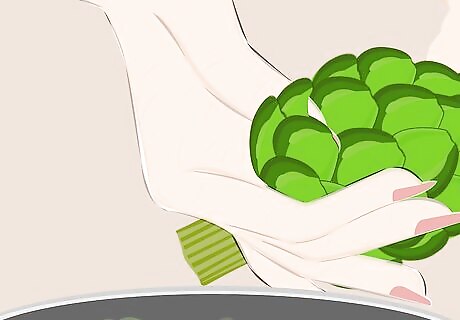
Squeeze the artichoke leaves. When an artichoke feels heavy and has healthy looking leaves, use the “squeak” test to confirm that you’ve picked a good one. Hold the artichoke next to your ear, and squeeze its leaves with your fingers. If you hear a squeak, the artichoke is extremely fresh so it’s a good one to buy. A healthy artichoke’s leaves squeak because they’re still extremely crisp.
Storing Artichokes
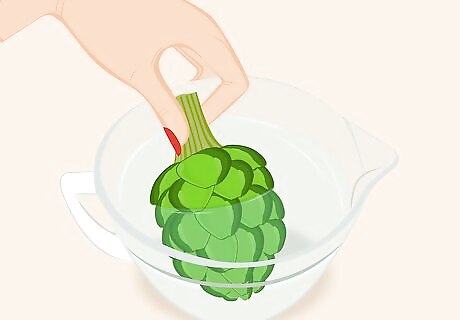
Leave the artichokes unwashed. While it may seem like a good idea to wash your artichokes before storing them, it can actually cause them to spoil faster. That’s because the peel can break down if there’s too much moisture, which can lead to infection. You do need to wash artichokes before eating them. Just do it right before you plan to cook or prepare them.

Sprinkle the stems with water. While you don’t want to wash artichokes before you store them, it’s important to ensure that the stems are somewhat moist when you refrigerate them. Sprinkle a few drops of water over the stems to keep them from becoming dehydrated. Be careful not to use too much water when you’re sprinkling the stems or you run the risk of the artichokes growing mold. To avoid oversaturating the stems, you may want to use a spray bottle with a mist setting and spray the artichokes, holding the bottle at least 10-inches (25.4 cm) away.

Place the artichokes in a plastic bag and refrigerate them. Once you’ve sprinkled the artichoke stems with water, set the artichokes inside a perforated plastic bag. Put the bag in the refrigerator -- if possible, place them in the coldest part of your fridge, such as the crisper drawer, so they’ll stay fresher longer. The artichokes should keep in the refrigerator for up to a week.
Preparing Artichokes for Use
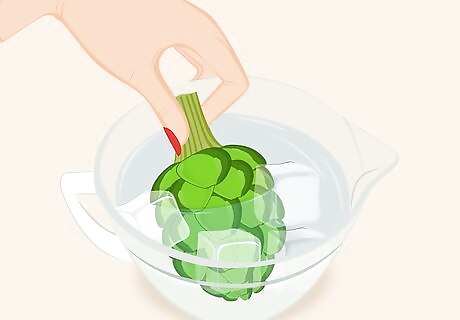
Rinse the artichokes in cold water. When you’re ready to cook or prepare your artichokes, place them in a colander and rinse them with cold water. Use a soft cloth or brush to carefully rub away any film or residue that may be on the exterior of the artichokes. Be careful when you’re scrubbing the artichokes. If you’re too rough, you may damage some of the leaves.

Trim the artichoke stem and leaves. After you’ve cleaned the artichoke, use a sharp knife to remove approximately ¼-inch (6 mm) from the stem. Next, use a pair of kitchen shears to carefully cut off the tips or thorns from the leaves. While you should always trim the stem, removing the tips of the leaves is an optional step because the thorns soften when you cook the artichokes. If you plan to stuff or fill the artichokes, you should remove the entire stem because it’s easier for them to stand up without it.

Slice off the top couple of inches of the artichoke. Once you’ve trimmed the stem and the tips of the leaves, use a sharp knife to chop off an inch (25.4 mm) from the top of the artichoke. A serrated knife usually works best for cutting through the pointed top. Keep the cut portion(s) of the artichoke from turning brown by rubbing them with a cut lemon.

Cook the artichokes as desired. After washing and trimming the artichoke, you’re ready to use it in any dish that you’d like. You can boil, grill, steam, and bake artichokes, depending on your preference.


















Comments
0 comment